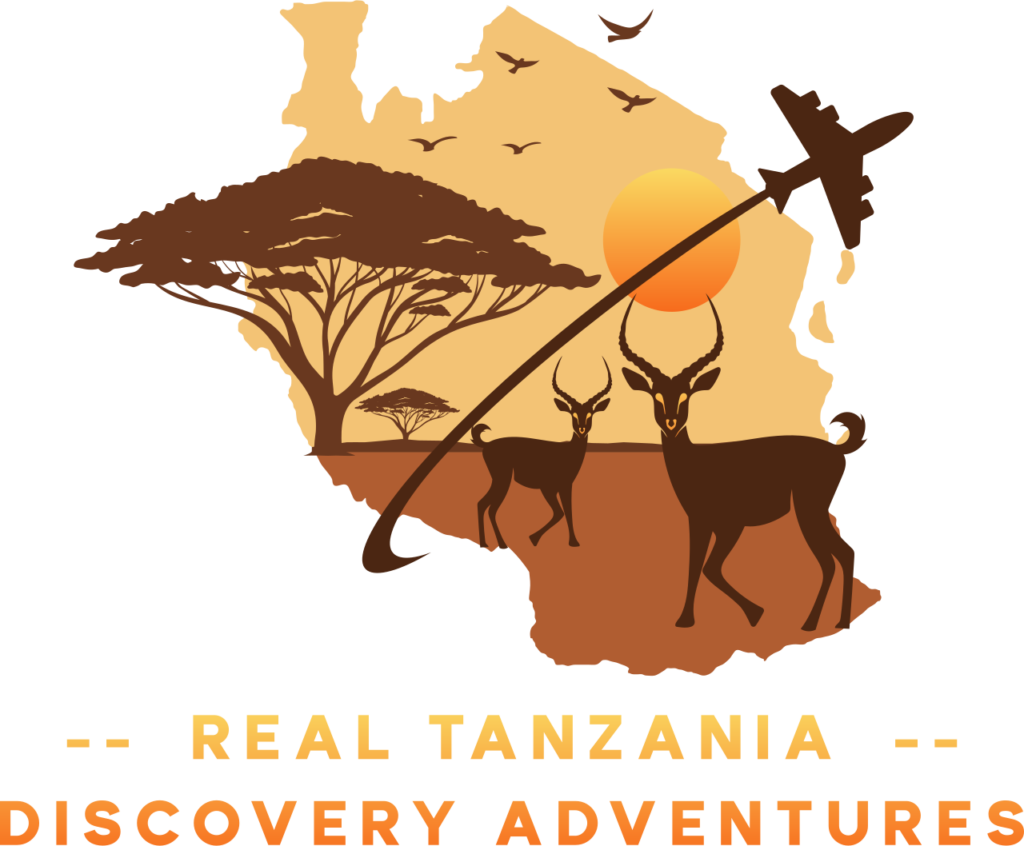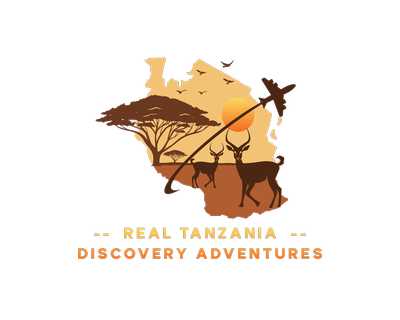Uluguru Mountains: A Hidden Paradise in Tanzania
The Uluguru Mountains, located in the eastern part of Tanzania, are one of the most stunning and ecologically diverse mountain ranges in the country. Nestled in the heart of Morogoro Region, this majestic range is part of the Eastern Arc Mountains, which are renowned for their high levels of endemic species and natural beauty. Often overshadowed by more famous parks like Serengeti or Kilimanjaro, the Uluguru Mountains remain one of Tanzania’s best-kept secrets, offering hiking, biodiversity, and cultural exploration like no other.
Key Features of the Uluguru Mountains
- Diverse Ecosystems: From lush rainforests and cloud forests to alpine meadows, the Uluguru Mountains boast an impressive variety of ecosystems. These dramatic landscapes make it an excellent destination for hikers, wildlife enthusiasts, and nature lovers.
- Endemic Flora and Fauna: As part of the Eastern Arc Mountains, a biodiversity hotspot, the Ulugurus are home to a range of species that cannot be found anywhere else on Earth. The area is rich in endemic plants, rare animals, and bird species, making it a paradise for birdwatching and wildlife tracking.
- Rich Cultural Heritage: In addition to its natural beauty, the Uluguru Mountains are home to several indigenous tribes, including the Luguru people, who have lived in harmony with the land for centuries. The mountains are an important part of their cultural identity.
What to Expect in the Uluguru Mountains
1. Hiking and Trekking
The Uluguru Mountains offer some of the best hiking experiences in Tanzania, with a range of trails suitable for both novice and experienced trekkers. Most treks focus on exploring the dense rainforests, enjoying waterfalls, and enjoying panoramic views of the surrounding plains. The most popular hiking routes are well-marked and pass through various habitats, from tropical forests to more open grasslands.
- Morningside and Kitapilimwa Trails: These scenic trails are known for their rich biodiversity. The Morningside Trail takes you through the lower slopes, with opportunities to spot wildlife and enjoy views of the Morogoro plains The Kitapilimwa Trail is one of the most famous routes, known for its challenging ascent and incredible vistas at the summit.
- Sigi Waterfall Trail: One of the most popular treks in the Ulugurus, the Sigi Waterfall Trail is an easy-to-moderate hike that takes you to the majestic Sigi Waterfall, a beautiful, cascading waterfall surrounded by lush vegetation. The hike offers not only scenic views of the waterfall but also a chance to see local wildlife along the way.
- Mulala Village to Mt. Mwala Peak: This more challenging trail leads to Mwala (2,600 meters), one of the highest peaks in the Uluguru range. The hike offers incredible panoramic views, with the opportunity to see endemic plants, rare birds, and monkeys along the way.
2. Wildlife and Biodiversity
The Uluguru Mountains are a haven for wildlife, particularly for endemic species. Some of the most exciting wildlife experiences in the region include:
- Primates: The Uluguru baboon, a subspecies of the yellow baboon, is native to the Ulugurus, along with other primates like the blue monkey.
- Birdwatching: The region is a birdwatcher’s paradise, with over 250 species of birds. Notable species include the Uluguru bush-shrike and the Uluguru violet.
- Endemic Plants: The forests of the Ulugurus are home to a wide variety of endemic plants, including rare species of orchids and trees that only grow in this part of the world.
3. Cultural and Historical Significance
The Uluguru Mountains are not just a natural wonder; they also hold deep cultural significance for the Luguru people, the indigenous inhabitants of the area. These people have a strong connection to the land and have lived in the mountains for centuries. They have rich traditions of agriculture, music, and dance, and their cultural heritage is deeply intertwined with the natural environment.
The mountains also serve as important agricultural zones for the Luguru people, who cultivate crops such as bananas, maize, and cassava. Visitors to the region can learn about these practices through cultural tours that involve local guides, who share their knowledge of the area’s history, customs, and sustainable farming techniques.
Best Time to Visit the Uluguru Mountains
The best time to visit the Uluguru Mountains is during the dry season, which runs from June to October. During this time, the weather is cooler and more pleasant for hiking, and wildlife is more easily spotted. The wet season (from November to April) brings lush greenery and vibrant landscapes but can make some trails slippery and more challenging.
Accommodation Options
Accommodation near the Uluguru Mountains varies, with options ranging from basic guesthouses to eco-lodges that provide a closer connection to nature. Popular places to stay include:
- Morogoro Town: A short distance from the park’s entrance, where you can find a range of guesthouses and mid-range hotels.
- Camping: There are several camping sites along the hiking trails, offering a rustic experience with stunning views of the surrounding landscape.
- Eco-lodges: Some lodges on the outskirts of the mountains focus on sustainable tourism and offer comfortable accommodations in the heart of nature.
Getting There
The Uluguru Mountains are located about 30 kilometers from Morogoro town and are easily accessible by car or bus. Most visitors fly into Dar es Salaam and then drive to Morogoro, which takes about 3-4 hours by road. From Morogoro, you can take a taxi or local transport to the start of the trails in the mountains.
Why Visit the Uluguru Mountains?
- Diverse Ecosystems: From cloud forests to alpine meadows, perfect for hiking and exploration
- Biodiversity: Endemic species of plants, primates, and birds
- Cultural Experiences: Opportunities to interact with the indigenous Luguru people and learn about their way of life
- Waterfalls and Peaks: Stunning natural landscapes including Sigi Waterfall and Mt. Mwala Peak
- Less Touristy: An off-the-beaten-path destination, offering a more peaceful and authentic experience of Tanzania

